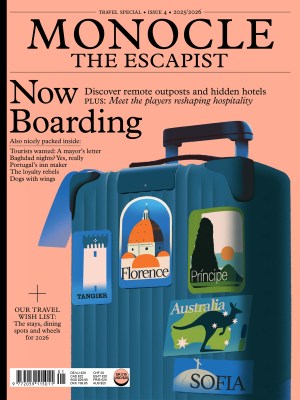Liberty architecture: Italy’s take on art nouveau
In a Milan that is often celebrated its contemporary design scene, Liberty points to another chapter in the city’s lifespan.
When Palazzo Castiglioni was completed in 1903 it was, quite literally, the butt of several jokes. The priggish aristocrats along Milan’s Corso Venezia were up in arms over two scantily clad female figurines located around the grandiose doorway who seemed to be pointing their bottoms towards the street. The cheeky ladies quickly earned the palazzo the nickname Ca’ de Ciapp, Milanese dialect for “House of the Bottom”. With now-defunct satirical weekly Il Guerrin Meschino joining in with jokes at the building’s expense in its pages, the furore became such that the offending curves were removed and replaced with safer floral motifs; the ladies now reside on the Villa Romeo, relegated from the building’s centrefold to its side.
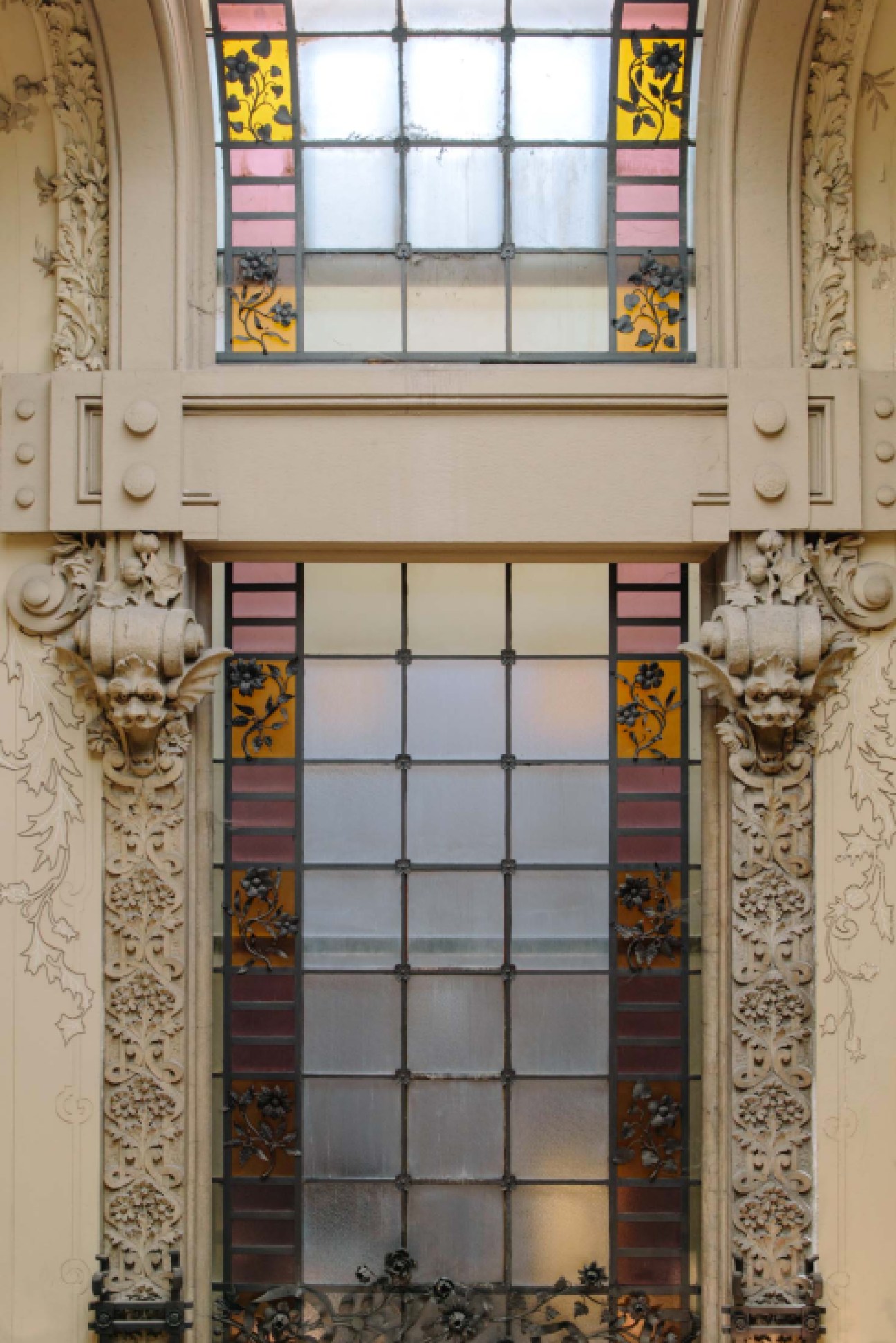
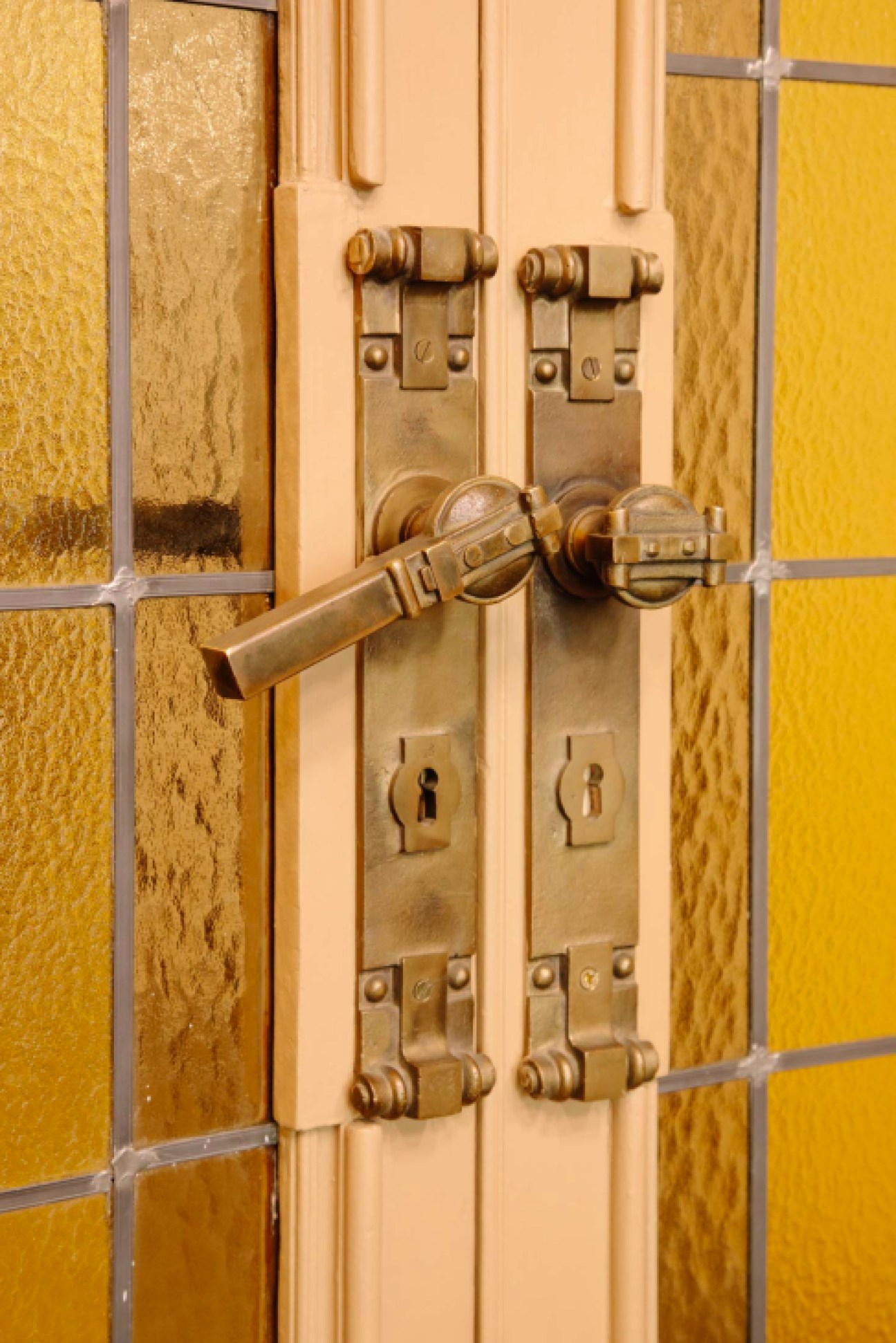
Offending derrières aside, Giuseppe Somarruga’s Palazzo Castiglioni is a masterpiece of Liberty, Italy’s take on the art nouveau style known as modernismo in Spain and Jugendstil in the German-speaking world. In a Milan that is often celebrated for its contemporary architecture – and the prolific work of postwar figures such as Gio Ponti – Liberty points to another chapter in the city’s lifespan, during which artisanal skill and new techniques mixed in equal parts. Sometimes unfairly derided as an ugly city, Milan has one of Italy’s most significant bodies of Liberty buildings, along with Turin and Palermo.
A mixture of Renaissance-inspired figurines, stained glass, floral imagery and the swirling shapes known as colpo di frusta, Milan’s Liberty dominates neighbourhoods such as Porta Venezia and Risorgimento. Here, to appreciate Liberty in its full splendour, you need to get off the street, which in the case of Castiglioni involves passing a gate from renowned Liberty ironworker Alessandro Mazzucotelli. To do so, Monocle has commandeered the help of architect and Liberty guide Marta Candiani, who has the contacts to get us inside the building, which is no longer a luxurious residence; instead it is now occupied by trade organisation Confcommercio. “When you look at the building, it’s not like any of the others on the street,” says Candiani. “Those are from the 1700s and 1800s and are very neoclassical.” Nothing, however, quite prepares for the jaw-dropping interiors that Candiani says capture a specific moment in time “between art as a singular piece and industrialisation”. We wander up a vast central staircase, marvelling at the work that must have been required to bash the swirling wrought iron into shape. There are more decorative concrete moulds of figurines, beautiful branch-like lights, tiny animal heads and stained glass in orange, pink and green.
Candiani then takes us to nearby Casa Campanini, which is on a par with Castiglioni and is named after the architect who designed it. Again, it’s all about the details, from the marble powder added to the concrete columns to the floral staircase designs and the intricate entrance gate (another work probably by Mazzucotelli), which has a mechanised opening-and-closing system that would have been avant garde for the time. The casa also has an example of one of the first Stigler lifts in Milan, complete with an art nouveau-style logo.
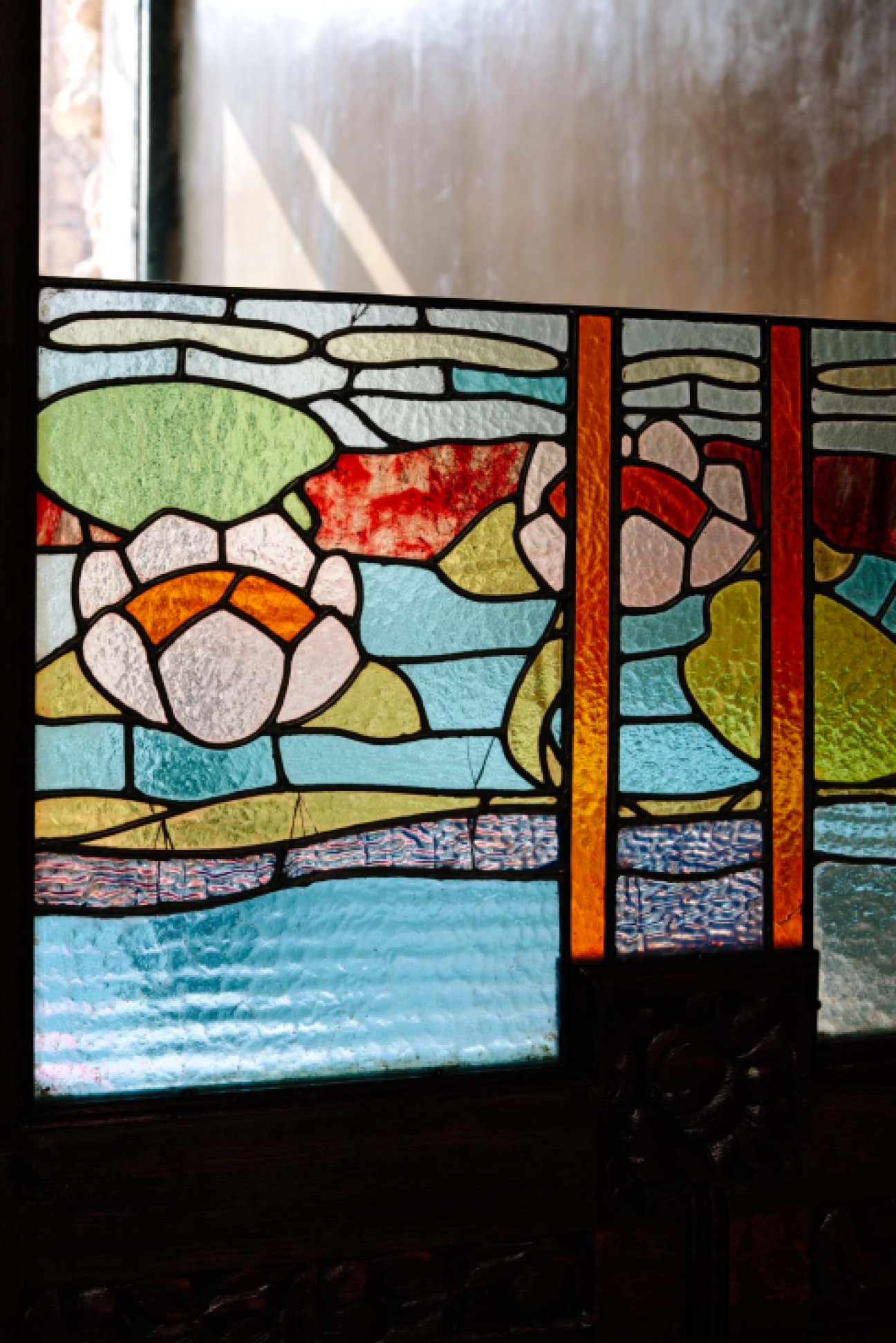
If gazing at these details makes your heart soar, then the design is doing its job, according to Andrea Speziali. Based in Riccione and a self-declared Liberty obsessive, Speziali discovered the style at school, writing a thesis on his hometown’s Villa Antolini. He hasn’t looked back since. In 2011 he founded the Italy Liberty cultural organisation and in 2019 it became a non-profit that started to organise July’s Art Nouveau Week, which Candiani takes part in from Milan. “Remember that Liberty was born during a moment of economic crisis in Italy – an unhappy moment,” says Speziali. “And so artists and artisans tried to give a happy interpretation to work with colpo di frusta lines that were lively, colourful and sculpted.”
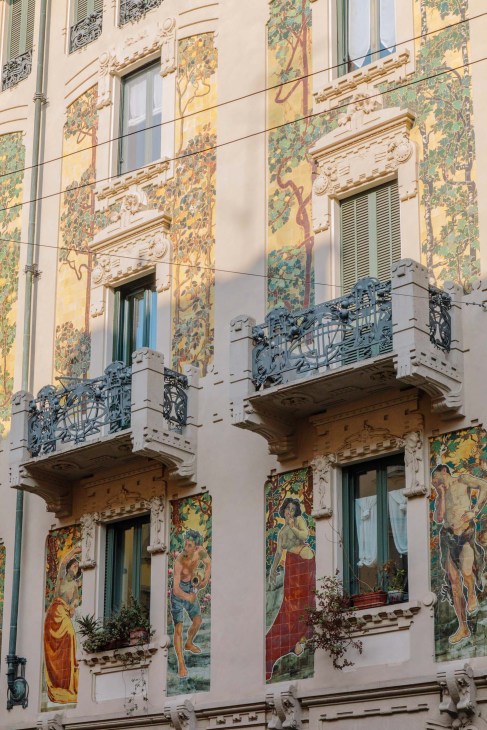
It took a certain amount of guts to finance and build in the Liberty style – a movement that also spread to art, literature and poetry. And yet not all of the structures were designed for rich family clans. Most of the Liberty houses standing today in Milan are less flashy palazzi, many of them built as investments to let to tenants. Michele Sacerdoti, a resident of Via Malpighi’s Casa Guazzoni, resides in such a building. He has lived in the apartment for decades with his American wife and is proudly shows off his Liberty furniture pieces, from lamps to credenzas (not easy to find now, given that tastes have shifted to mid-century modernism), which he has collected from relatives and during trips to antiques shops.

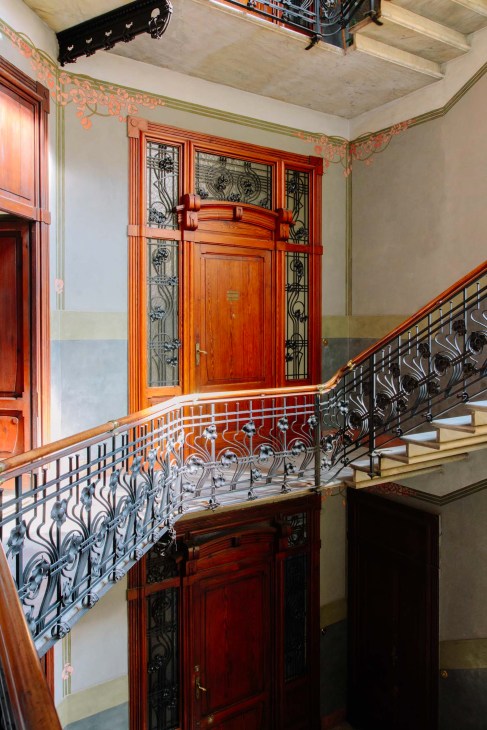
While the building’s design flourishes are more muted than what we’ve previously seen, the quality of the materials, the playful light in the stairwell and the craft on display makes it an equal standout. Indeed, as the hordes descend on Milan for Salone del Mobile, making a beeline for Brera and the trade fair, they could do worse than pause for a moment to ponder Milan’s Liberty legacy – the product of a slower, more considered time in a city that has often been in a rush to move forward. As Speziali says, “Life had a different rhythm back then.”


